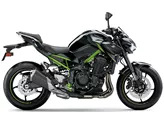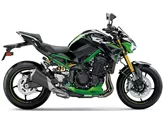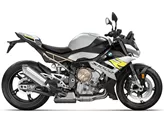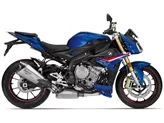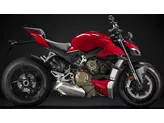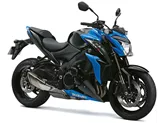BMW S 1000 R 2014 vs. Kawasaki Z900 2021

BMW S 1000 R 2014
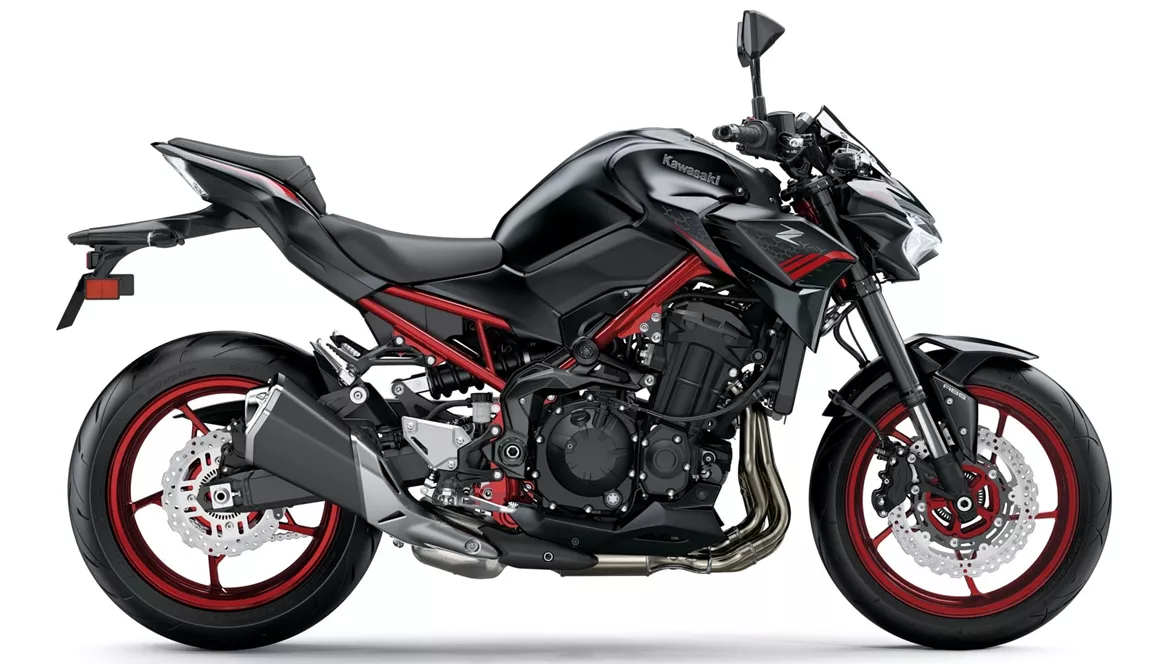
Kawasaki Z900 2021
Overview - BMW S 1000 R 2014 vs Kawasaki Z900 2021
The BMW S 1000 R 2014 and the Kawasaki Z900 2021 are both naked bikes with similar engine types, in-line configurations, and four cylinders. However, there are several differences between the two models in terms of specifications, performance, and features.
In terms of engine power, the BMW S 1000 R 2014 boasts a higher output with 160 HP compared to the Kawasaki Z900 2021's 125.4 HP. This gives the BMW an advantage in terms of sheer performance and acceleration. The torque figures also favor the BMW, with 112 Nm compared to the Z900's 98.6 Nm. The BMW's larger displacement of 999 ccm also contributes to its higher power output.
Both bikes feature upside-down telescopic forks for the front suspension and swing arm with a monoshock for the rear suspension, providing a comfortable and stable ride. However, the BMW S 1000 R 2014 has the advantage of a twin-tube aluminum frame, which is known for its lightweight and rigid characteristics. On the other hand, the Kawasaki Z900 2021 features a steel frame with a double cradle design, which may provide a different feel and handling.

BMW S 1000 R 2014
In terms of braking, both bikes feature double disk brakes with four pistons in the front. However, the BMW S 1000 R 2014 utilizes radial technology for its front brakes, which can provide better braking performance and control compared to the Kawasaki Z900 2021's petal technology.
In terms of advanced rider assistance systems, the BMW S 1000 R 2014 offers dynamic suspension, which can enhance the bike's handling and stability. On the other hand, the Kawasaki Z900 2021 offers a more comprehensive set of assistance systems, including ABS, riding modes, ride by wire, and traction control. These features can enhance the overall safety and performance of the bike.
In terms of dimensions and weights, both bikes have similar front and rear tire widths and diameters. The BMW S 1000 R 2014 has a slightly shorter wheelbase of 1439 mm compared to the Z900's 1450 mm. The seat height of the BMW is also slightly higher at 814 mm compared to the Z900's 795 mm. Additionally, the BMW S 1000 R 2014 has a slightly lower kerb weight of 207 kg compared to the Z900's 210 kg.
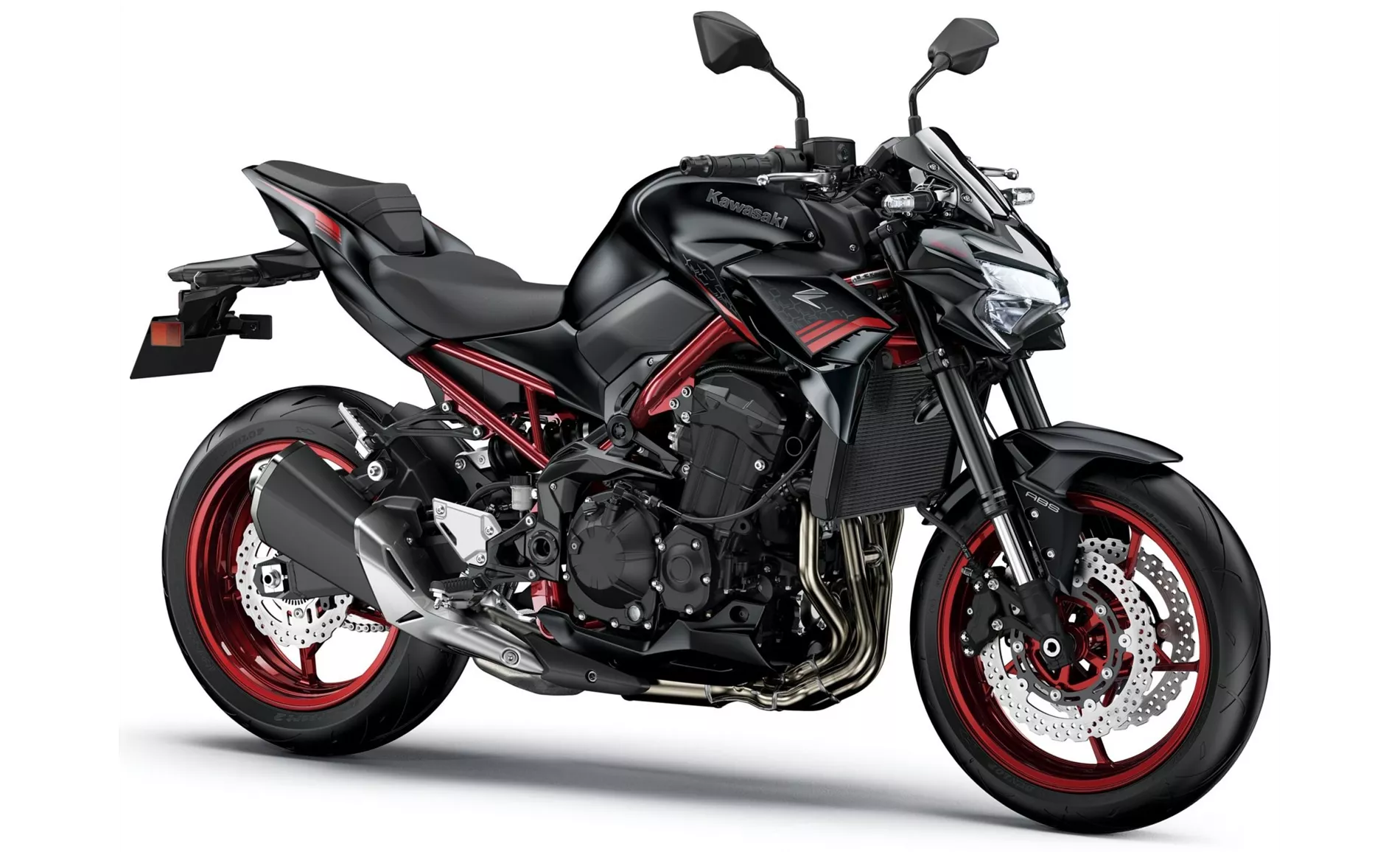
Kawasaki Z900 2021
In terms of strengths, the BMW S 1000 R 2014 offers a sporty chassis, extreme power and performance, and very good electronic helpers. It also provides a terrific price/performance ratio and is fast and comfortable on both racetracks and country roads. On the other hand, the Kawasaki Z900 2021 boasts a powerful four-cylinder engine, intuitive handling, good equipment, aggressive looks, and value for money.
In terms of weaknesses, the BMW S 1000 R 2014 has a slightly rough engine running and its DDC (dynamic suspension) may be on the "hard" side overall. The seat is relatively high, which may not be ideal for shorter riders, and the design is subjective and a matter of personal taste. On the other hand, the Kawasaki Z900 2021 lacks the option for a quickshifter and some competitors offer more advanced electronic systems with a 6-axis IMU (inertial measurement unit).
Overall, both the BMW S 1000 R 2014 and the Kawasaki Z900 2021 have their own strengths and weaknesses. The BMW offers a higher power output and sportier characteristics, while the Kawasaki provides good value for money and a more comprehensive set of rider assistance systems. Ultimately, the choice between the two will depend on individual preferences and priorities.
Technical Specifications BMW S 1000 R 2014 compared to Kawasaki Z900 2021
Pros and Cons in comparison
Pros and Cons in comparison
BMW S 1000 R 2014
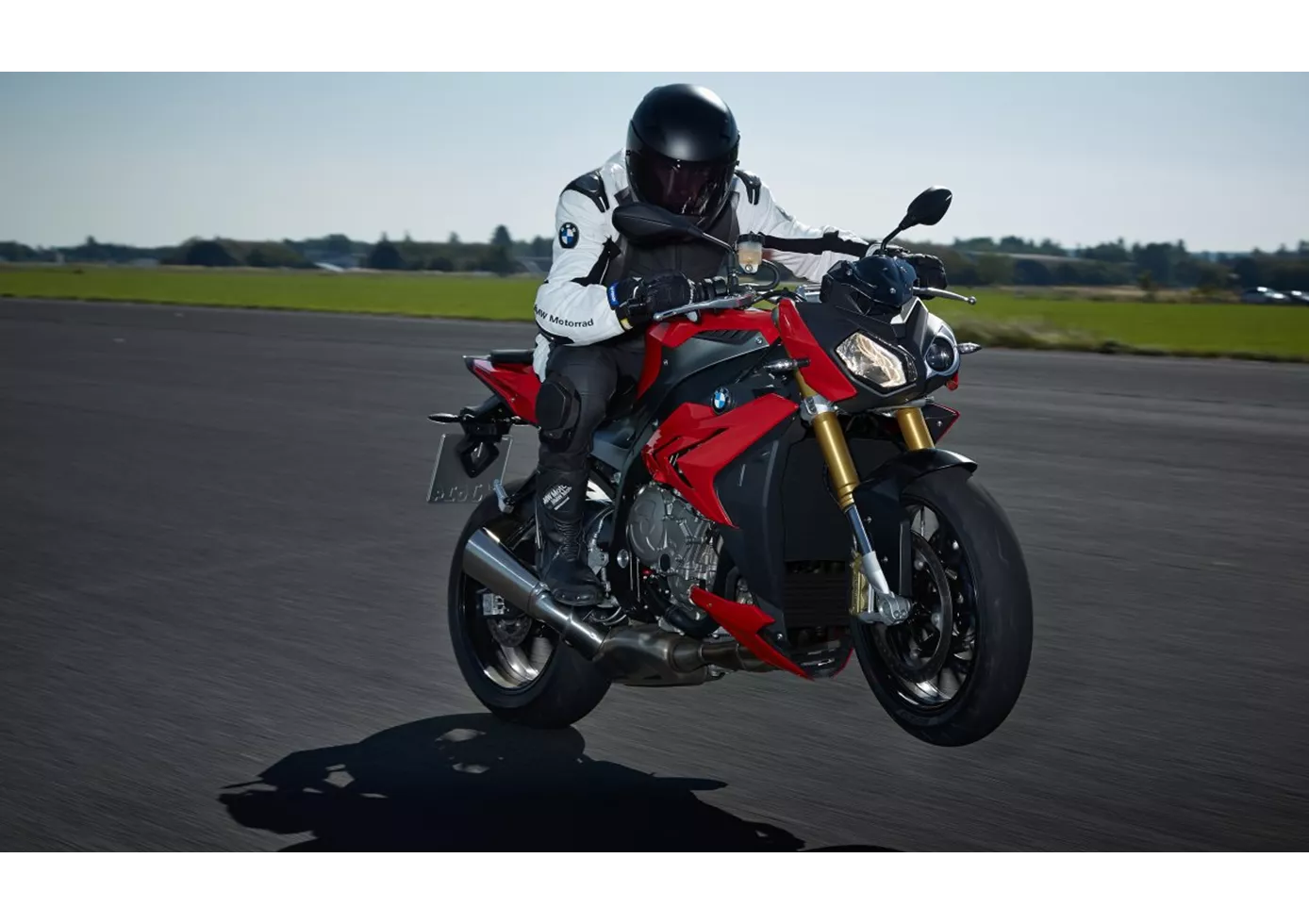
Brutal power, smooth, almost perfect, electronics, it only gets better with the HP4. Now BMW dominates the 1000cc naked bike class after the superbikes.
Kawasaki Z900 2021
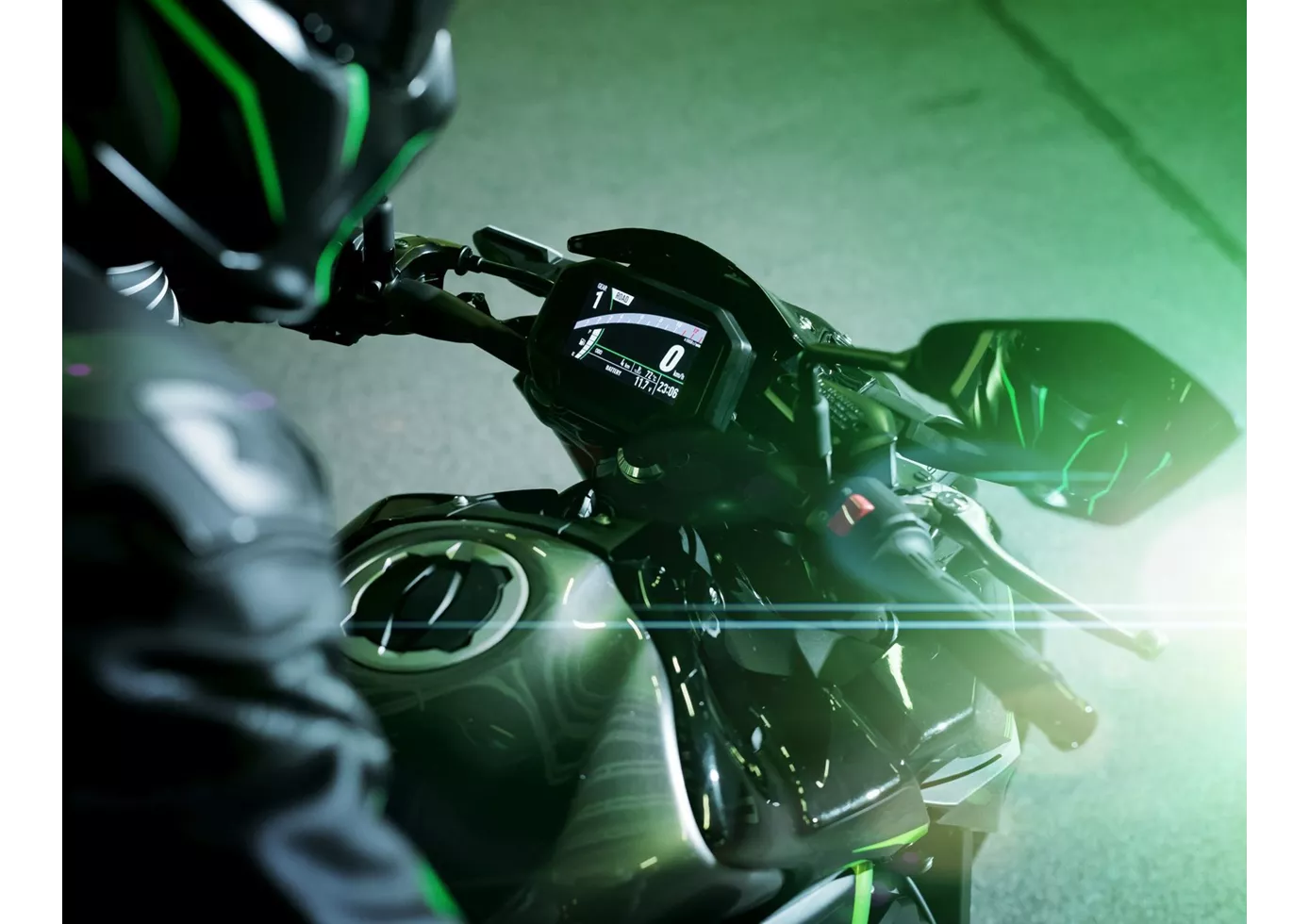
In terms of price-performance, the Kawasaki Z900 is hard to beat at the moment. With the perfectly tuned engine, the high-quality chassis components and the electronics added for 2020, this naked bike offers everything that sporty riders will be looking for. There is really nothing to complain about, except for the lack of a quickshifter option.
Price Comparison Avarage Market Price BMW S 1000 R vs Kawasaki Z900
There are a few key differences between a BMW S 1000 R 2014 and a Kawasaki Z900 2021. In terms of price, the actual average price of a BMW S 1000 R 2014 is about 12% higher. Compared to Kawasaki Z900 2021 there are less BMW S 1000 R 2014 bikes available on the 1000PS.de Marketplace, specifically 19 compared to 33. It takes less time to sell a BMW S 1000 R with 70 days compared to 107 days for a Kawasaki Z900. Since model year 2014 1000PS.de editors have written 62 reviews for the BMW S 1000 R and 46 reviews for the Kawasaki Z900 since model year 2017. The first review for the BMW S 1000 R was published on 11/3/2013 and now has more than 17,300 views. This compares to more than 93,200 views for the first review on Kawasaki Z900 published on 11/11/2016.


